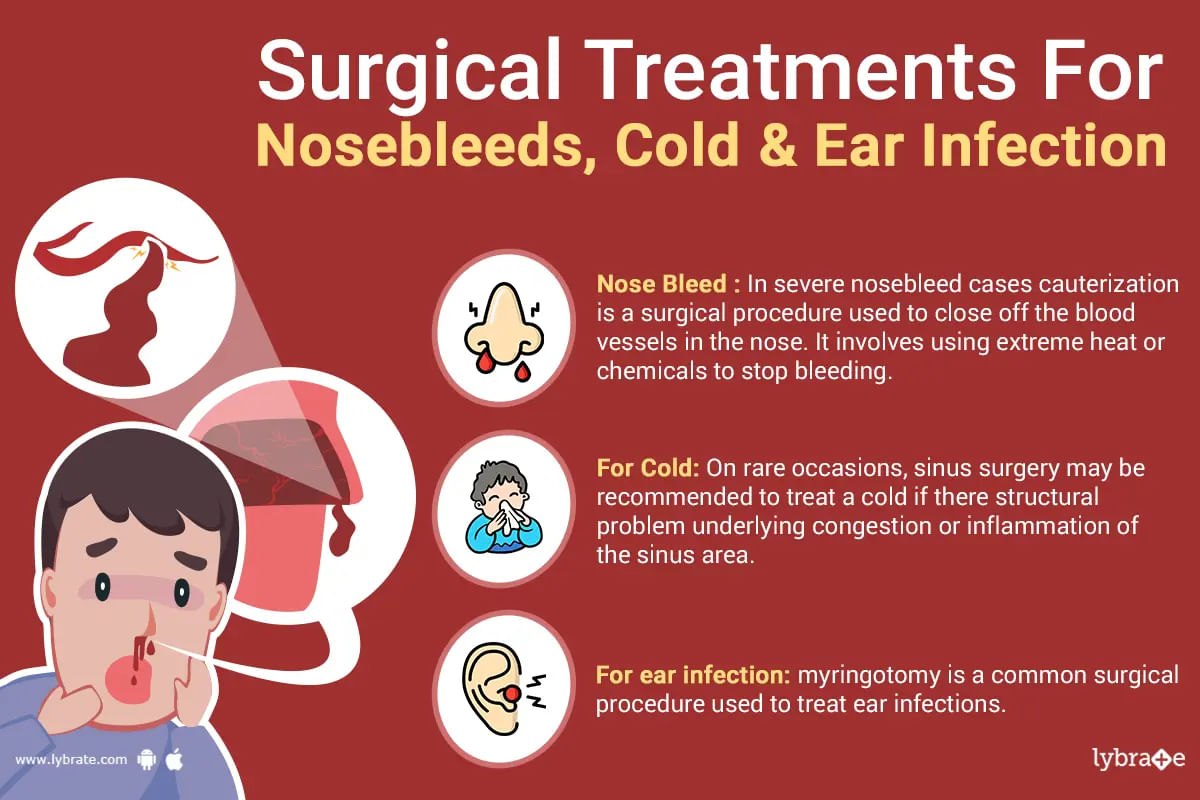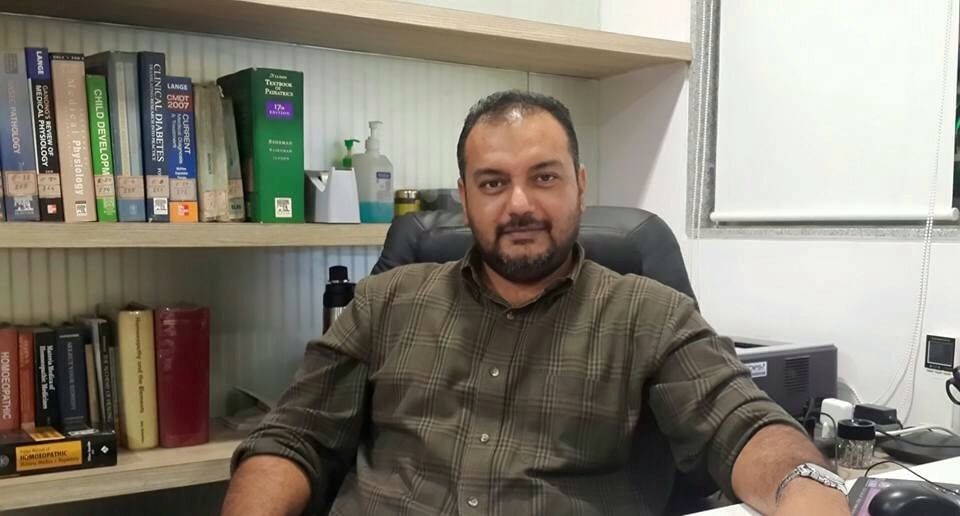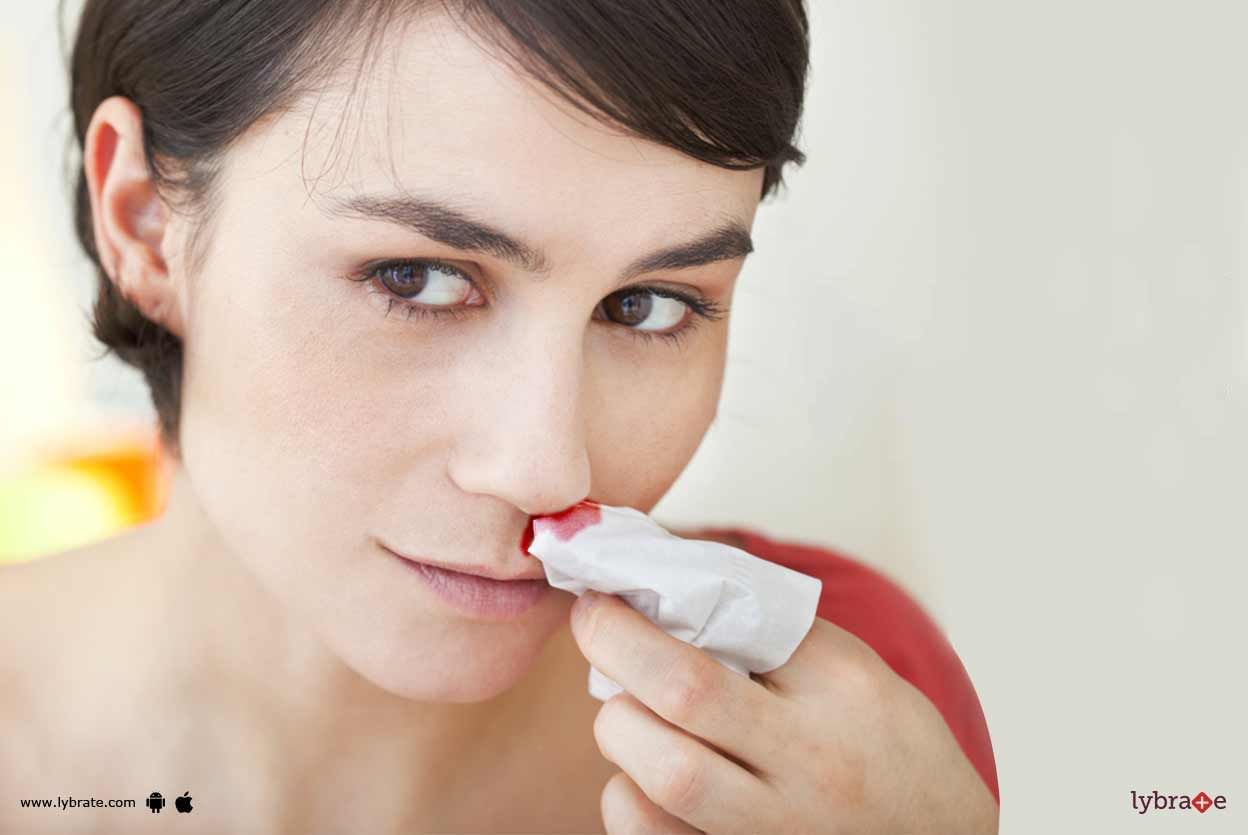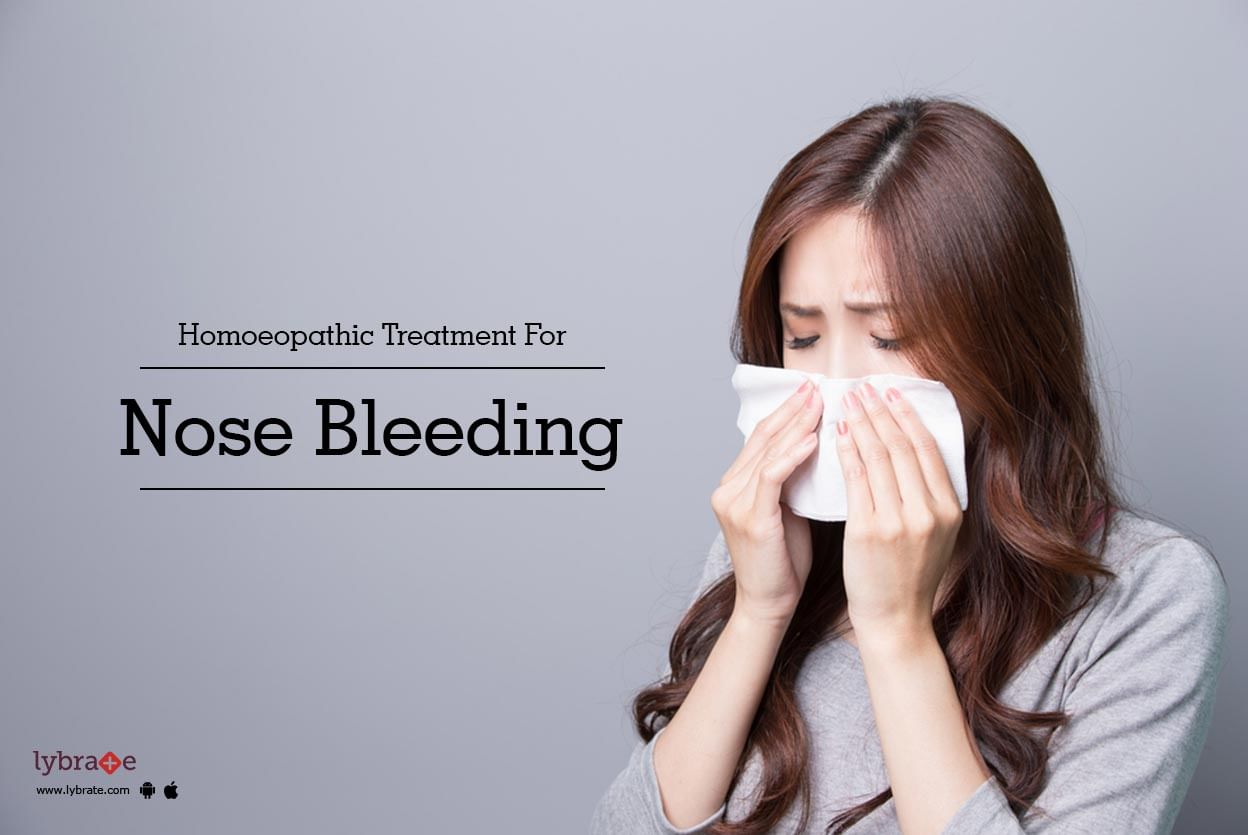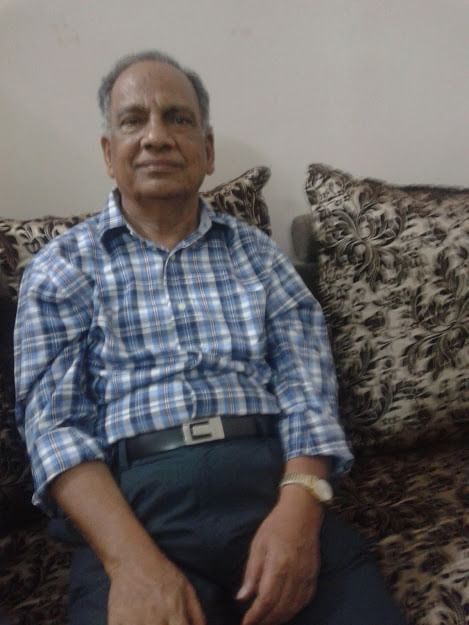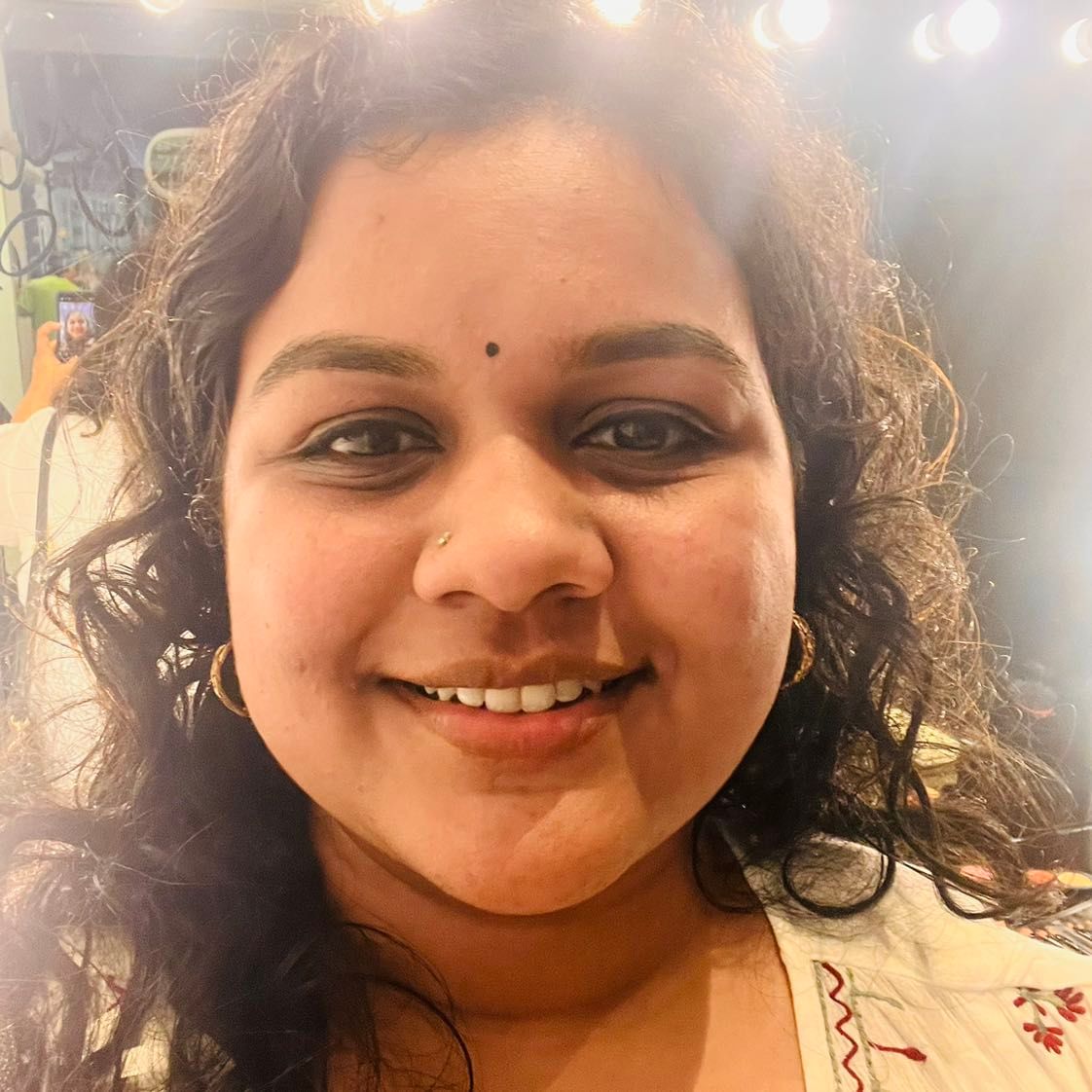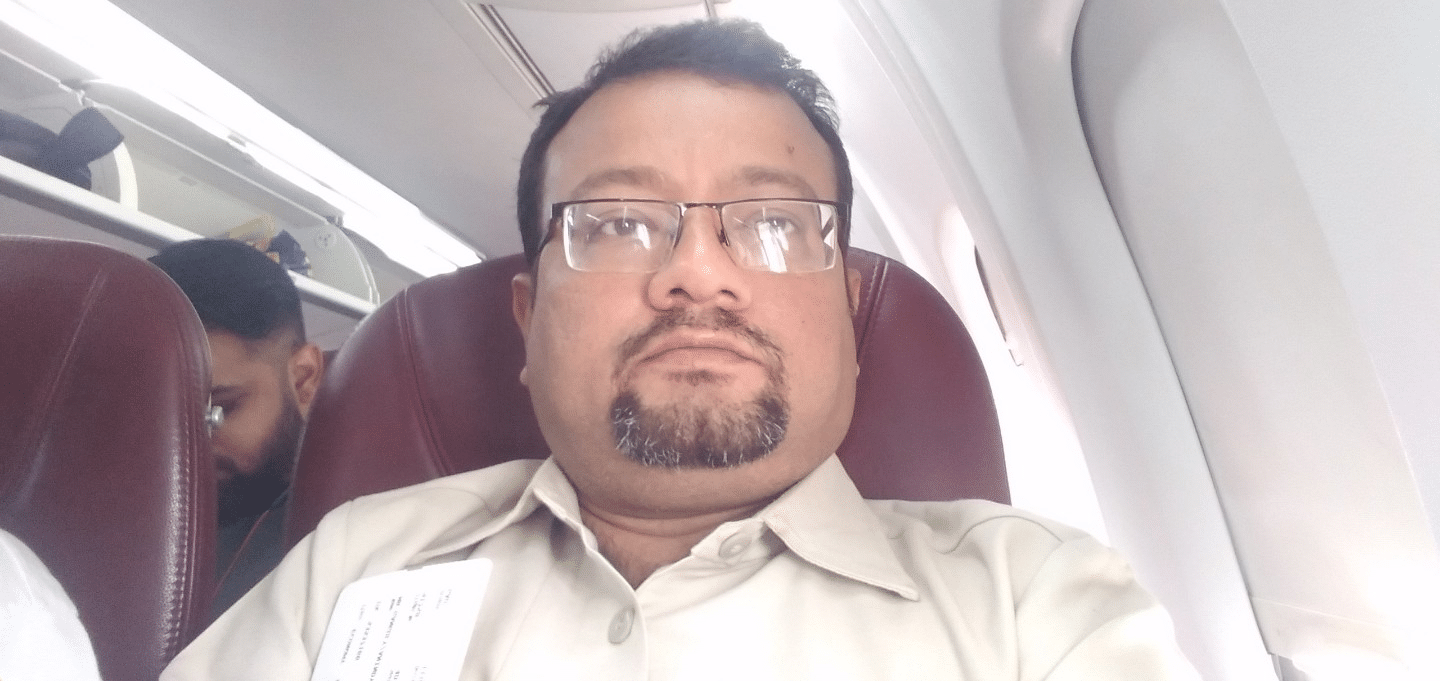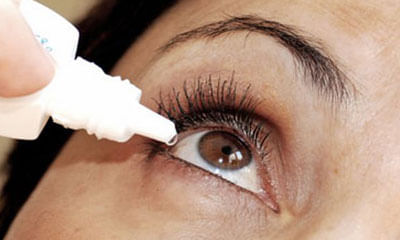Get the App
For Doctors
Login/Sign-up
About
Health Feed
Find Doctors
Health Packages
AllQ&AsTipsQuizzes
Nosebleed Treatment Health Feed
Last Updated: 2 years ago• Featured Tip
Share
Bookmark
Report
What are nosebleeds, colds, & ear infections?
Nosebleeds, colds, & ear infections are three very common types of illnesses and injuries that can affect both children and adults.
Nosebleeds occur when the capillaries in the nose rupture, causing blood to be released from the nostrils. ;
Colds are respiratory infections caused by a variety of viruses, consisting mainly of sneezing, coughing, and sore throat.
Ear in...more
Asked for female, 34 years old from Allahabad
Share
Bookmark
Report
Bachelor of Ayurveda, Medicine and Surge...read more
Ayurvedic Doctor•Mysore
Good evening prerana, this is due to increased body heat, as you said paras has this episode when he has chicken n this increases the body heat and also he had history of allergic rhinitis, where the nasal membrane are tend to be sensitive. Nothing to worry, just check on the diet, and cut down the food that cause body heat eg- chicken, jaggery, sesame seeds and oil, coffee, alcohol and spicy foods.
Whenever there is such épisode just lie down with head hanging down the cot. Put cold pack on...more
Whenever there is such épisode just lie down with head hanging down the cot. Put cold pack on...more
Last Updated: 6 years ago• Featured Tip
Share
Bookmark
Report
MD - Internal Medicine, MBBS, Nephrology...read more
General Physician•Roorkee
Nosebleeds can be frightening and dramatic. Luckily, most cases of nosebleeds can be dealt with fair ease. Nosebleeds can be classified into two types depending upon the origin of the nose bleed, namely anterior and posterior.
Anterior bleed is the most common, and the bleeding is from a blood vessel which is present in the front part of the nose. These bleeds can be easily controlled by simple measures taken by doctors or at home.
Posterior nose bleeds are usually indicative of som...more
Anterior bleed is the most common, and the bleeding is from a blood vessel which is present in the front part of the nose. These bleeds can be easily controlled by simple measures taken by doctors or at home.
Posterior nose bleeds are usually indicative of som...more
Last Updated: 6 years ago• Featured Tip
Share
Bookmark
Report
Multi Speciality•Chandigarh
Nosebleeds can be frightening and dramatic. Luckily, most cases of nosebleeds can be dealt with fair ease. Nosebleeds can be classified into two types depending upon the origin of the nose bleed, namely anterior and posterior.
Anterior bleed is the most common, and the bleeding is from a blood vessel which is present in the front part of the nose. These bleeds can be easily controlled by simple measures taken by doctors or at home.
Posterior nose bleeds are usually indicative of som...more
Anterior bleed is the most common, and the bleeding is from a blood vessel which is present in the front part of the nose. These bleeds can be easily controlled by simple measures taken by doctors or at home.
Posterior nose bleeds are usually indicative of som...more
Last Updated: 6 years ago• Featured Tip
Share
Bookmark
Report
Bleeding from the nose in medical terminology is called 'Epistaxis'. It may be an indicator of weakened mucosa or septum or an inner disease. Bleeding from nose can occur suddenly, threatening life and making everyone anxious and restless. The nose comprises of many tiny vessels that bleed easily. Air movement through the nose can dry up and irritate the membranes lining the inside of the nose thus leading to the formation of crusts. These crusts bleed when irritated by rubbing or blowing the no...more
Last Updated: 6 years ago• Featured Tip
Share
Bookmark
Report
Nosebleeds can be frightening and dramatic. Luckily, most cases of nosebleeds can be dealt with fair ease. Nosebleeds can be classified into two types depending upon the origin of the nose bleed, namely anterior and posterior.
Anterior bleed is the most common, and the bleeding is from a blood vessel which is present in the front part of the nose. These bleeds can be easily controlled by simple measures taken by doctors or at home.
Posterior nose bleeds are usually indicative of som...more
Anterior bleed is the most common, and the bleeding is from a blood vessel which is present in the front part of the nose. These bleeds can be easily controlled by simple measures taken by doctors or at home.
Posterior nose bleeds are usually indicative of som...more
Last Updated: 8 years ago• Featured Tip
Share
Bookmark
Report
Bleeding from the nose in medical terminology is called 'Epistaxis'. It may be an indicator of weakened mucosa or septum or an inner disease. Bleeding from nose can occur suddenly, threatening life and making everyone anxious and restless. The nose comprises of many tiny vessels that bleed easily. Air movement through the nose can dry up and irritate the membranes lining the inside of the nose thus leading to formation of crusts. These crusts bleed when irritated by rubbing or blowing the nose. ...more
Health Query
Share
Bookmark
Report
DHMS (Diploma in Homeopathic Medicine an...read more
Homeopathy Doctor•Hyderabad
Homeopathy has very effective and reliable treatment for your problem. No side effects. Please take homeopathic medicine, preliminary dose, ipecac 30-once daily in the evening for 3 days. Book online appointment/consultation with me -(commencing from text consult rs 149, audio/ phone-rs 300) for further more comprehensive prescription and treatment.
Asked for male, 70 years old from Raebareli
Share
Bookmark
Report
DHMS (Diploma in Homeopathic Medicine an...read more
Homeopathy Doctor•Hyderabad
Homeopathy has very effective and reliable treatment for your father's problem. No side effects. Please give homeopathic medicine, preliminary dose, arsenic album 200-once daily in the evening for 2 days. Book online appointment/consultation with me -(commencing from text consult rs 149, audio/ phone-rs 300) for further more comprehensive prescription and treatment.
47 people found this helpful
Asked for female, 24 years old from Darbhanga
Share
Bookmark
Report
DHMS (Diploma in Homeopathic Medicine an...read more
Homeopathy Doctor•Hyderabad
Homeopathy has very effective and reliable treatment for your problem. No side effects. Please take homeopathic medicine, preliminary dose, arsenic album 200-once daily in the evening for 3 days. Book online appointment/consultation with me -(commencing from text consult rs 149, audio/ phone-rs 300) for further more comprehensive prescription and treatment.
27 people found this helpful
Asked for female, 6 years old from Jharsuguda
Share
Bookmark
Report
Navi mey accha ghee lagna chahiye. naak key walls mey bhi accha ghee lagna chahiye.
shubh force fully naak nahi saaf karna hai. uskey kararn naak ki mini arteries burst ho jati hai tou khun nikata hai. don't panic.
shubh force fully naak nahi saaf karna hai. uskey kararn naak ki mini arteries burst ho jati hai tou khun nikata hai. don't panic.
76 people found this helpful
Asked for male, 72 years old from Hisar
Share
Bookmark
Report
Asked for male, 30 years old from Chennai
Share
Bookmark
Report
Although, I need details of case n preferably pics of affected area. But it can be jock itch/fungal infection. U can try this (do patch test first)
wash the affected skin two to three times a day.
Keep the affected area dry.Avoid excess affected skin irritation by wearing 100% cotton underwear.
Avoid fabric softeners, bleaches, or harsh laundry detergents.
Wash your workout clothes, underwear, socks, and towels after each use.
Keep your affected area, inner thighs, and buttoc...more
wash the affected skin two to three times a day.
Keep the affected area dry.Avoid excess affected skin irritation by wearing 100% cotton underwear.
Avoid fabric softeners, bleaches, or harsh laundry detergents.
Wash your workout clothes, underwear, socks, and towels after each use.
Keep your affected area, inner thighs, and buttoc...more
Health Query
Share
Bookmark
Report
Asked for male, 43 years old from Delhi
Share
Bookmark
Report
Are you a smoker?
Do get checked for tb. If blood in sputum continues ,it is definitely a matter of concern.
One or two episodes may have be spontaneous.
Check for associated symptoms and recent weight loss you might have missed.
Get chest xray done if needed.
Do contact me for further diagnosis and treatment if you feel necessary.
Do get checked for tb. If blood in sputum continues ,it is definitely a matter of concern.
One or two episodes may have be spontaneous.
Check for associated symptoms and recent weight loss you might have missed.
Get chest xray done if needed.
Do contact me for further diagnosis and treatment if you feel necessary.
20 people found this helpful
Asked for female, 21 years old from Faizabad
Share
Bookmark
Report
Health Query
Share
Bookmark
Report
Book appointment with top doctors for Nosebleed Treatment treatment
View fees, clinic timings and reviews
Ask a free question
Get FREE multiple opinions from Doctors
posted anonymously


